Industry insights
The Internet Is Physical, So Let’s Rethink Its Sustainability
In this blog we talk about how to make the internet more sustainable by using renewable energy, extending hardware lifecycles, and caching AI queries more efficiently. Learn about our strategies to build a greener internet.

Global Streaming Trends: How Bundling Strategies Are Changing
Key insights from Streaming Summit 2025: bundling, discovery, and monetization strategies in the evolving streaming landscape.

Streaming’s Multibillion-Dollar Problem: The War on Piracy and Password Sharing
From subscription fatigue to release gaps, we break down the biggest challenges and smart solutions streaming platforms are adopting to fight back.

#hugops for vibe coders
What happens when a vibe coder gets hacked? Learn how to create secure and scalable applications, while fostering a supportive community for both new and experienced developers.

Making the Internet Sustainable— Starting from Its Infrastructure
Making the internet greener starts with its infrastructure. Learn how edge computing and smarter content delivery reduce energy waste and carbon impact.

How hacker groups like Dark Storm leverage botnets
Explore the evolving threat of botnet attacks, including insights on how hacker groups like Dark Storm operate.
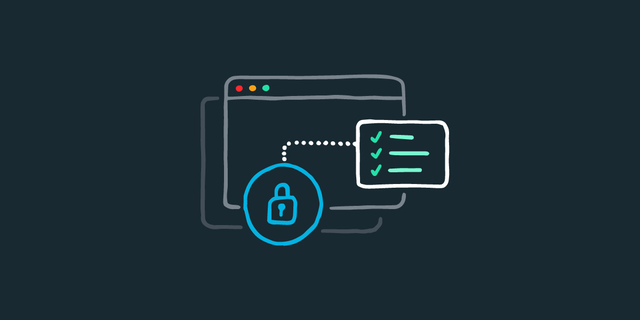
Beat the Clock: Your Guide to Meeting the PCI Compliance Deadline
Learn how Fastly Client-Side Protection simplifies script management and threat detection, helping you quickly meet PCI DSS 4.0.1 requirements.
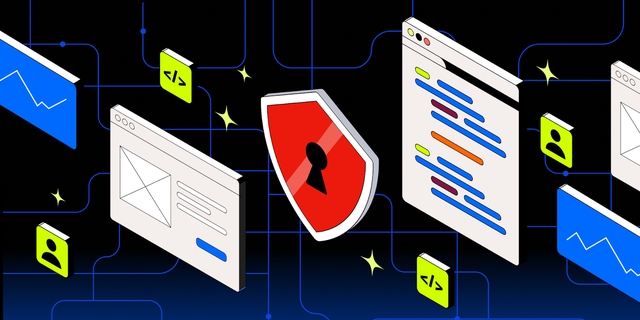
DDoS in February
Fastly's February 2025 DDoS report reveals a 285% month-over-month surge in DDoS attacks. Learn about key trends, targeted industries, and actionable security guidance.
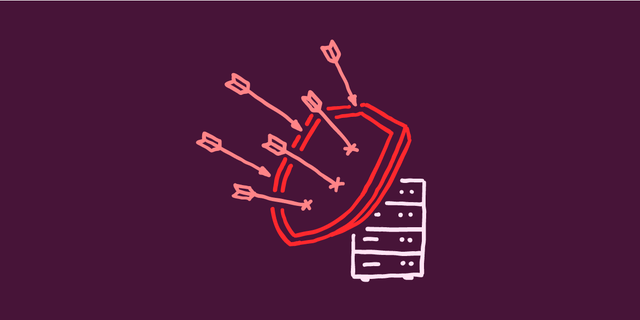
Can we be normal about AI now that DeepSeek happened?
Explore the evolving landscape of AI in the wake of DeepSeek's impact, as businesses shift from hype-driven spending to rational adoption.

The Gentle Art of Doing Things Differently
Discover how constraints can drive creativity and technological breakthroughs as we look back on the transformative impact of resourcefulness in the tech industry.
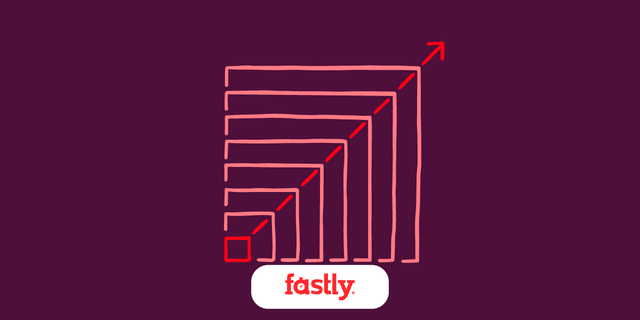
Super Bowl 2025: How Social Media Reacted in Real Time
Celebrate the success of Super Bowl LIX, the most-watched in history with 128 million viewers. Uncover the intriguing social media dynamics from this iconic event.

AI Innovation and Sustainability: Key Takeaways from the AI Action Summit
Delve into the highlights of the AI Action Summit in Paris, where experts addressed pressing issues in AI, including ethics, regulation, and the sustainability of technology.
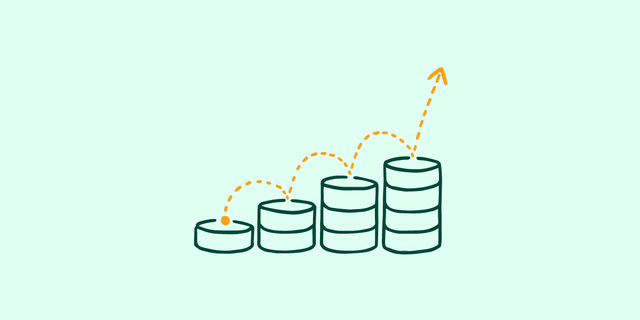
Key Trends in Edge Computing and AI Adoption: A Conversation with Google Cloud
Learn about the latest trends in edge computing, including insights from industry experts on how AI and modern CDNs are reshaping content delivery and user interaction.

DDoS in January
Stay informed with Fastly's monthly DDoS report, highlighting a 14.5% rise in attacks. Utilize our data-driven insights to bolster your application's security.

Three application security trends to monitor in 2025
Discover how cybersecurity professionals are adapting to a rapidly changing landscape. Explore insights on growth, consolidation, and automation in security strategies.

PCI DSS 4.0 Demystified
Stay informed about the upcoming PCI DSS 4.0 deadline on March 31, 2025. Learn how to enhance your security measures for processing cardholder data.

The Open Web is Vibrant, and Vital to 2025
Explore Fastly's commitment to the open web and education, where ideas flourish into impactful online experiences. Check out what members of Fast Forward accomplished in 2024.

DDoS in December
Discover the latest trends and actionable insights on application DDoS attacks in December 2024. Strengthen your security with our expert analysis and guidance.

Fastly’s Edge Cloud Industry Reports: A Year in Review
Explore our industry reports on edge cloud strategies, addressing performance and security challenges. Unlock innovative solutions for common business challenges.

Navigating the Challenges of Online Live Streaming
Join us as we delve into the realities of live event streaming, highlighting the lessons learned from disruptions and our commitment to delivering reliable viewer experiences.